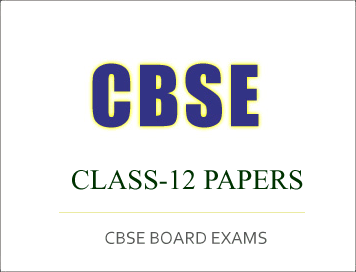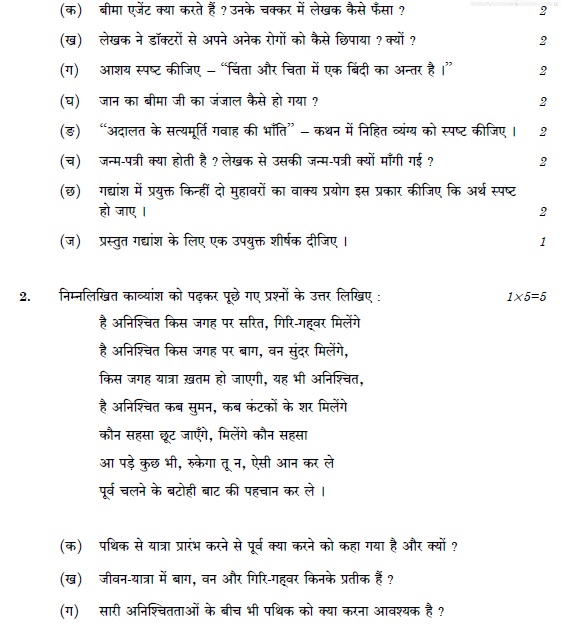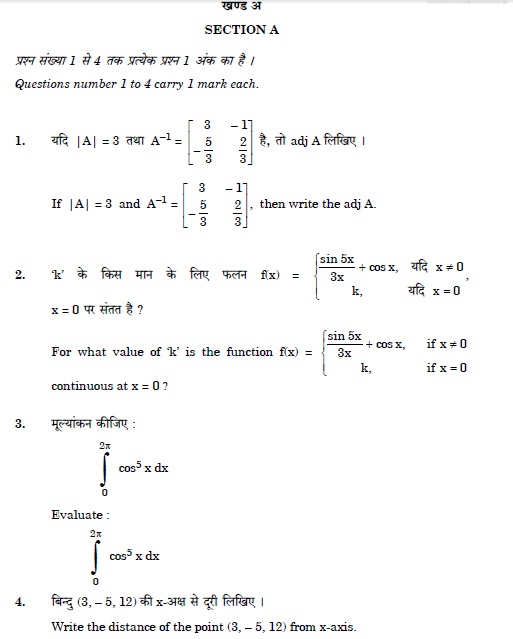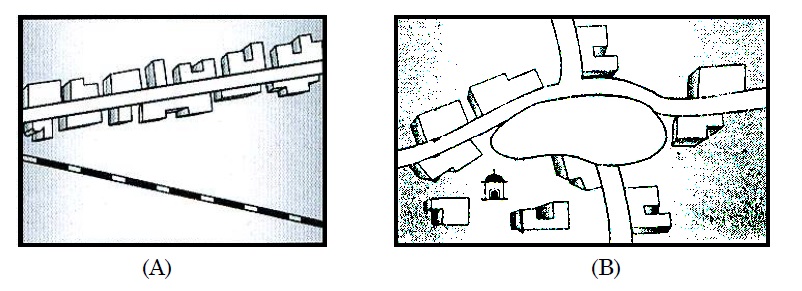![CBSE-CLASS-9-LOGO]()
CBSE Class-9 Syllabus 2017-18
Subject: Music
I. Brief history of Carnatic Music with special reference to Saint Purandara dasa, Annamacharya, Bhadrachala Ramadasa, Saint Tyagaraja, Muthuswamy Dikshitar, Syama Shastry and Swati Tirunal.
II. Definition of the following terms :
Sangeetam, Nada, raga, laya, tala, dhatu, Mathu, Sruti, Alankara, Arohana, Avarohana, Graha (Sama, Atita, Anagata), Svara - Prakruti & Vikriti Svaras,
Poorvanga & Uttaranga, Sthayi, vadi, Samvadi, Anuvadi & Vivadi Svara - Amsa, Nyasa and Jeeva.
III. Brief raga lakshanas of Mohanam, Hamsadhvani, Malahari, Sankarabharanam, Mayamalavagoula, Bilahari, Khamas, Kharaharapriya, Kalyani, Abhogi & Hindolam.
IV. Brief knowledge about the musical forms. Geetam, Svarajati, Svara Exercises, Alankaras, Varnam, Jatisvaram, Kirtana & Kriti.
V. Description of following Talas : Adi - Single & Double Kalai, Roopakam, Chapu - Tisra, Misra & Khanda and Sooladi Sapta Talas.
CARNATIC MUSIC (VOCAL)
Theory (Code No. 031)
Format of Written Examination for Class - IX
1. Long Answer (Essay)
a. Biography 05 Marks
b. Musical Forms 05 Marks
Short Answers with Examples
c. Writing of minimum three Raga-lakshana from prescribed list in the syllabus. 05 Marks
d. Description of talas, illustrating with examples. 05 Marks
e. Short notes of minimum 05 technical terms from the topic II. 05 Marks
Note : Examiners should set atleas seven questions in total and the students should answer five questions from them, including two Essays, two short answer and short notes questions based on technical terms (topic-II) will be compulsory.
Courtesy: CBSE






